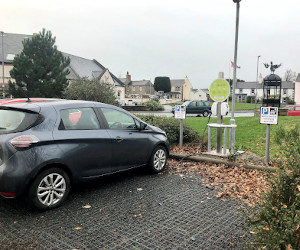Common questions about EVs
The switch to electric vehicles represents a real revolution in car technology, after more than 100 years dominated by the internal combustion engine.
While it’s a really exciting opportunity to significantly reduce our environmental impacts and improve air quality, understandably there are some common questions, misconceptions and concerns raised about transport going electric.
Here are our answers to some of the concerns we hear.

[fusion_faq filters=”no” number_posts=”-1″ post_status=”” cats_slug=”electric-vehicles” exclude_cats=”” orderby=”menu_order” order=”DESC” featured_image=”” type=”” boxed_mode=”” border_size=”” border_color=”” background_color=”” hover_color=”” divider_line=”” title_font_size=”” icon_size=”” icon_color=”” icon_boxed_mode=”” icon_box_color=”” icon_alignment=”” toggle_hover_accent_color=”” hide_on_mobile=”small-visibility,medium-visibility,large-visibility” class=”” id=”” /]
